Debategraph - arguments exposed
For years we have been debating using xam.de's "Issue Based Argumentation in a Wiki" IBAW. This technique allowed us to gather arguments for crucial decisions in the NEPOMUK project.
Now behold debategraph.org .
.
Our goal is to make the best arguments on all sides of any debate freely available to all and continuously open to challenge and improvement by all ... A wiki debate visualization tool.
Users can add pro/con arguments and deepen them with sub-arguments:
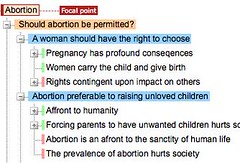
compare it with an IBAW example:
issue: our coffee machine is broken
* idea: fix it
* pro: cheap
* con: takes too much time, we can't live so long without coffee
* idea: buy a new one
* pro: fast
* con: expensive
* issue: we need approval form our director
* idea: we collect money ourselves
Now behold debategraph.org
 .
. Our goal is to make the best arguments on all sides of any debate freely available to all and continuously open to challenge and improvement by all ... A wiki debate visualization tool.
Users can add pro/con arguments and deepen them with sub-arguments:

compare it with an IBAW example:
issue: our coffee machine is broken
* idea: fix it
* pro: cheap
* con: takes too much time, we can't live so long without coffee
* idea: buy a new one
* pro: fast
* con: expensive
* issue: we need approval form our director
* idea: we collect money ourselves
|
leobard - 20. Aug, 08:22
|
|
- add comment - 0 trackbacks



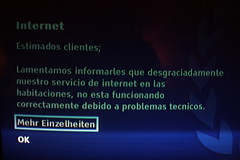

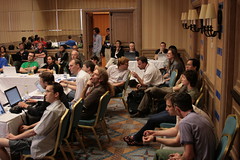
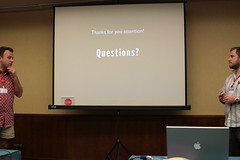
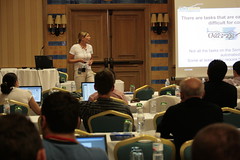
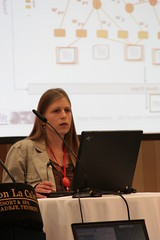
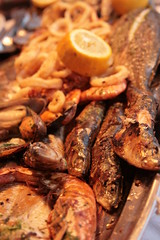






thanks